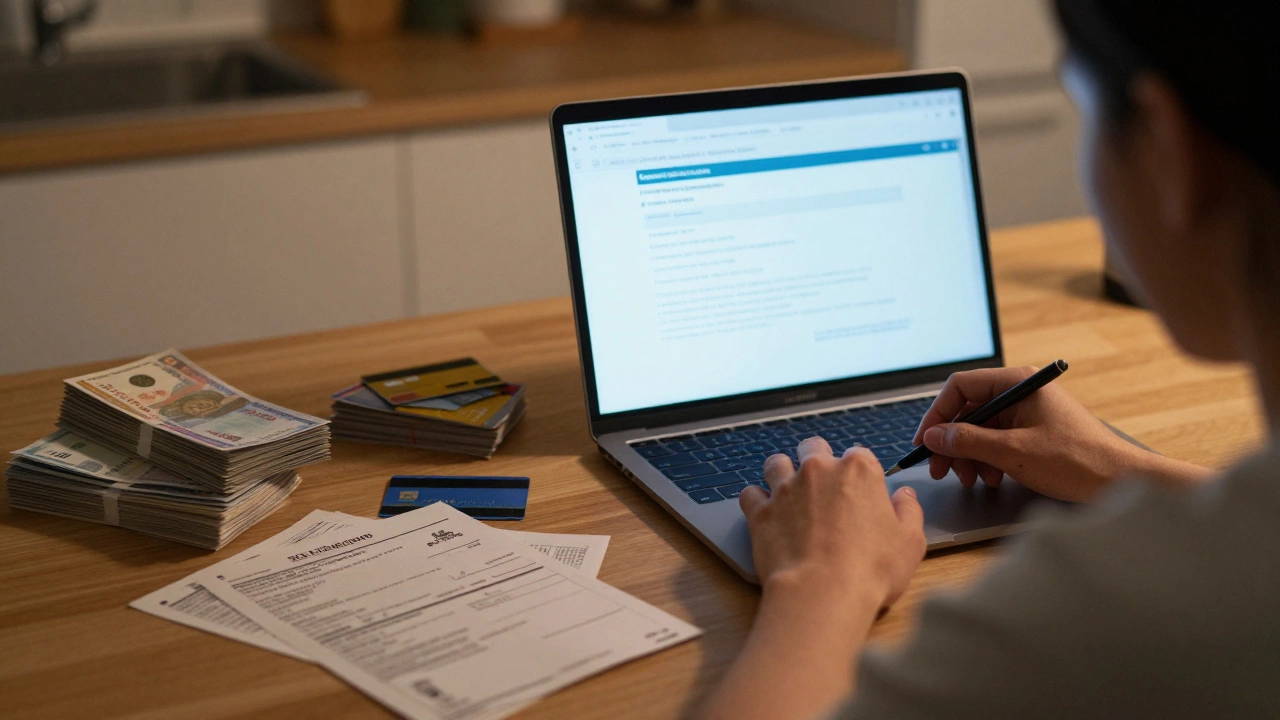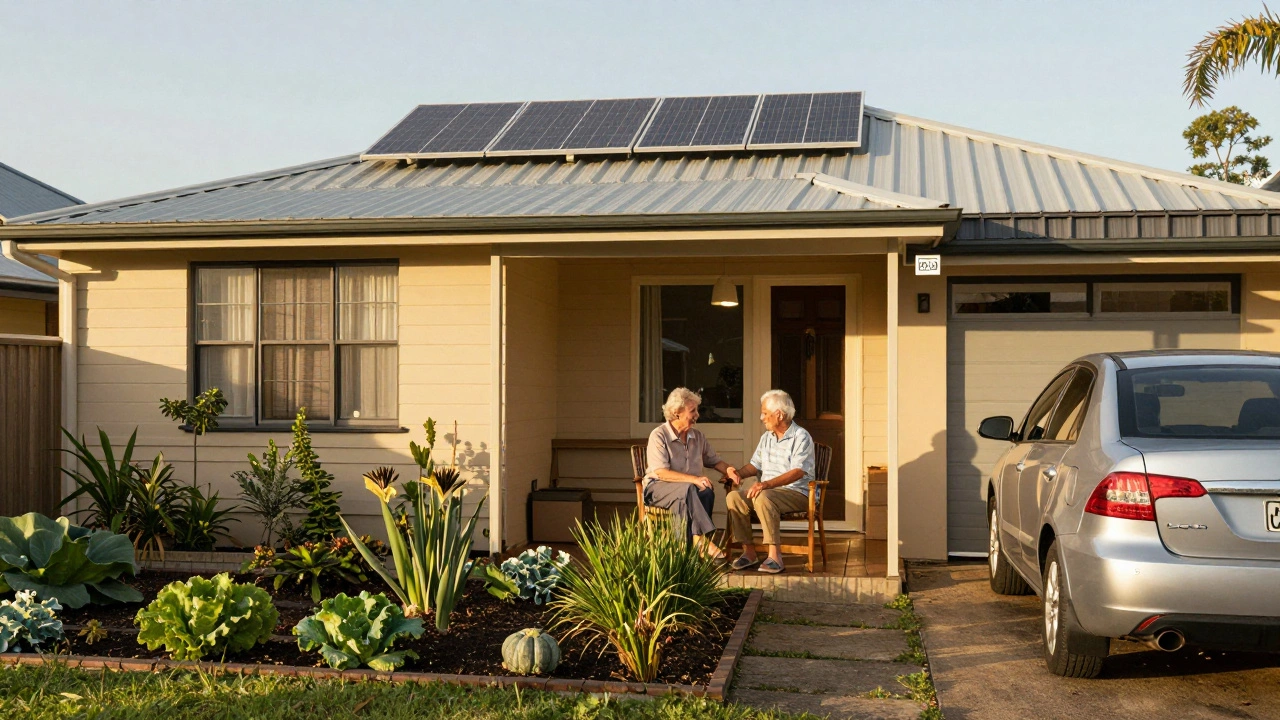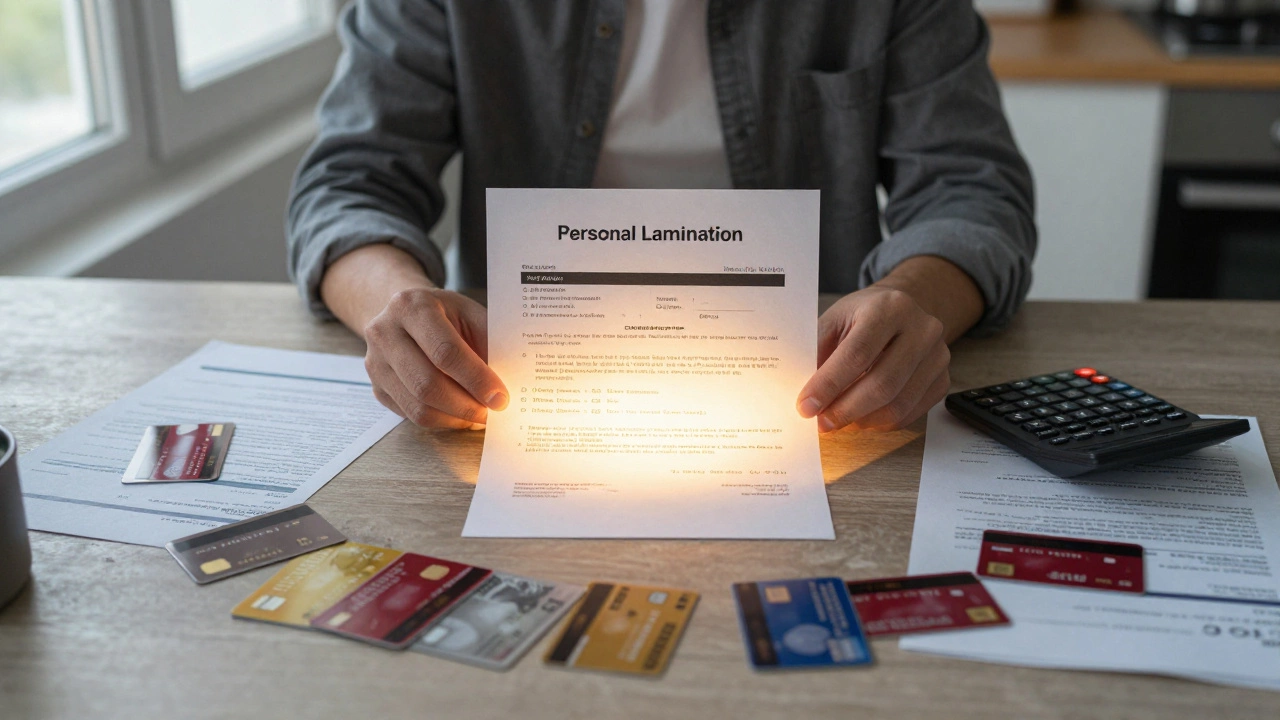Suddenly coming into a large sum of money—think six, even seven figures—messes with your head. Your heart races a little, partly with excitement, partly with the sweats. I remember when my wife, Elaine, and I sold our old place and suddenly had more cash than ever, staring back at us from our bank app. Leaving it sitting there seemed both safe and risky all at once. The burning question? Where does someone stash a chunk of money so big and not lay awake at night worrying—either about losing it, or letting it collect dust?
The Psychology and Stakes of Managing a Large Sum
Getting hold of a seriously big amount—whether from an inheritance, property sale, or something less expected—will make anyone pause. The first thing most people feel is a wild mix of excitement and dread. The idea of losing what took years to build or falling for some quick-fix scheme is real. Money earned fast or all at once can disappear even faster without a plan. And the problem isn’t rare—studies published by the National Endowment for Financial Education have shown that up to 70% of people who suddenly get a windfall lose it within a few years. It’s not just about picking a bank account; it’s about protecting your future.
The responsibility is heavy. You’re not just battling your own nerves. You face a real risk of bank failures, frauds, and that very human urge to buy stuff you don’t need. That’s why it’s smart to move slowly, dig into your choices, and understand how different accounts protect—or don’t protect—big deposits. There’s also tax to think about, alongside returns, accessibility, and even government guarantees. The first mistake is thinking quick decisions are smart decisions when it comes to large sums.
What helped me most was asking myself one question: What’s this money for? Is it a five-year cushion, early retirement, a house for my daughter? That answer shaped every decision after. So before opening any account or making a transfer, get clear on the money’s purpose. That gives you a filter for every option and keeps you from falling for anyone’s one-size-fits-all answer.
Safety First: Accounts That Protect Your Principal
Once you know what you’re saving for, the next question is obvious. Where’s safe? Thankfully, most countries have built-in protections. In the UK and US, financial institutions are regulated and offer deposit insurance. For example, you can breathe a bit easier knowing UK banks have the Financial Services Compensation Scheme (FSCS) covering up to £85,000 per person, per bank, per license. In the US, FDIC insurance protects $250,000 per depositor, per bank. With a truly big sum, you may need to spread your money across different banks to stay below these limits. That’s not paranoia—that’s being smart.
High-interest savings accounts remain king when it comes to safety versus ease of access. Some people might roll their eyes, thinking "but rates are boring!"—but the highest-yield accounts now pay 4%–5% annually, and you won’t lose sleep over wild market swings. Look out for accounts with solid reputations—think Marcus by Goldman Sachs, Santander, or Chase Savings. Don’t get lured into gimmicky startups offering short-term promo rates. Instead, check their stability, their insurance cover, and what happens to your access if things go wrong.
Cash ISAs (Individual Savings Accounts) in the UK are worth considering too. While cash ISAs don’t always have the top rate, you’ll keep your interest income tax-free. In the US, the Roth IRA and some money market accounts offer both security and higher rates than a regular checking account, though IRAs tie up your funds more rigidly and aren’t ideal if you need quick cash. For full accessibility plus returns, stick to straightforward, insured savings accounts. Avoid letting big balances sit in current accounts, which usually earn you almost nothing, except possibly a few loyalty points.
Large sum account safety is a two-step job; first, check the institution insurance, second, dodge the temptation to spread yourself too thin over dozens of banks. As a tip: digital banks can have different licenses, so double-check if money in two brands actually sits under the same umbrella. The trick is not to make it complicated; just keep what each institution covers, and know how to break up your deposits sensibly.

Growth vs. Access: Balancing Returns with Flexibility
No one likes seeing big numbers stagnate. I get it. After covering the basics for safety, the next concern is "How do I make this grow—and still have access when I need it?" There’s no single answer. Instead, it's about striking a balance between a decent return and not locking yourself out of your funds.
If you know you won’t need the money for at least a year, fixed-term or notice savings accounts often bump up your returns. In July 2025, you’ll see some banks paying over 5% gross for locking up your money for 12-24 months. The catch is clear: pulling your cash early can mean losing all—or at least a chunk—of the interest, or paying fees. Still, for cash you want to keep extra-safe but don’t plan to touch, these accounts deserve a look.
Maybe you want a safety net but also a shot at outpacing inflation. This is where a split approach shines. Keep some in high-interest instant-access savings for emergencies; park another chunk in fixed-term deposits to lock in higher rates. If you’re up for a bit more risk (and your goals allow it), explore premium bonds—especially in the UK, where prizes can sometimes outperform savings interest if you’re lucky. Some folks layer their savings: emergency funds, medium-term "buckets," and a sliver in higher-risk—but higher reward—accounts.
Money market funds offer a middle ground. In 2025, they’re popular for offering slightly higher returns than regular savings while keeping your cash liquid. Most are low-risk and let you move money quickly, but always check what they’re invested in. If you’re considering certificates of deposit (CDs) in the US, you’ll find some locking in rates at 4.5% or higher for two years. As for accessibility, these tie up your cash longer—but a ladder strategy, where you open CDs of different lengths, can help you stagger access and benefit from rising rates along the way.
Here’s the bottom line: Liquidity matters just as much as returns when you’re talking about big sums. Life changes fast. Elaine and I thought we’d leave money untouched, then suddenly the roof needed fixing, and our kid needed a laptop. Choosing accounts that protect your access gives you a lot more than peace of mind; it lets you sleep at night knowing you won’t have to jump through hoops for your own money.
Long-Term Plays: Investment Accounts, Tax Shields, and Wealth Strategies
If you’re planning way ahead, not just parking cash for a year or two but actually building wealth for a decade or more, your options shift. The longer your time frame, the less inflation exposure and the more growth potential you want. Leaving your whole sum in even high-rate savings accounts might gnaw away at your purchasing power, especially as inflation ebbs and flows.
Investment accounts unlock better long-term potential. Tax-advantaged wrappers like Stocks and Shares ISAs (UK) or IRAs (US) let you invest in equities, corporate bonds, index funds, or even real estate (via REITs), with built-in tax benefits. The returns can beat savings rates by a mile in the long run, but with more bumps along the way. In 2024, the S&P 500 averaged over 10%—but that doesn’t mean your money won’t drop in value some months (or even years). That’s why I always come back to time horizons: if you won’t need the cash for five years or more, it’s worth considering. Diversification is your main shield here—never toss your entire sum into one stock or sector.
Don’t ignore tax implications. In the UK, ISAs shield your gains from capital gains and income tax, up to £20,000 each tax year. In the US, retirement accounts like Roth IRAs grow your contributions tax-free, and you can start drawing down after 59½. Just be aware of annual limits. For windfalls, look at using your yearly allowance this year and next. Some high-net-worth folks split large sums across several ISAs—including for their spouse—to maximize shelter. Not glamorous, but it gets the job done.
There are alternative routes, too. If you’re comfortable with complexity, consider unit trusts, ETFs, or investment trusts. These can be tailored for growth, income, or both. For very large sums, private banking or wealth management isn’t just about bragging rights—it might open up personalized advice, estate planning, and even access to exclusive funds. That said, you always pay for the privilege, and not all “exclusive” funds outperform the regular options you can buy online.
One note of caution: watch your fees. Investment accounts have hidden (and not-so-hidden) costs. Platform fees, fund expenses, and transaction charges eat into your returns over time. Compare carefully before handing over your money. And, if in doubt, professional financial planning is worth its weight in gold. Not every planner is created equal—look for independent ones, with transparent fees, and check their regulatory standing. Or, like Elaine says, trust but verify: ask to see exactly how they plan to get paid from your account.






